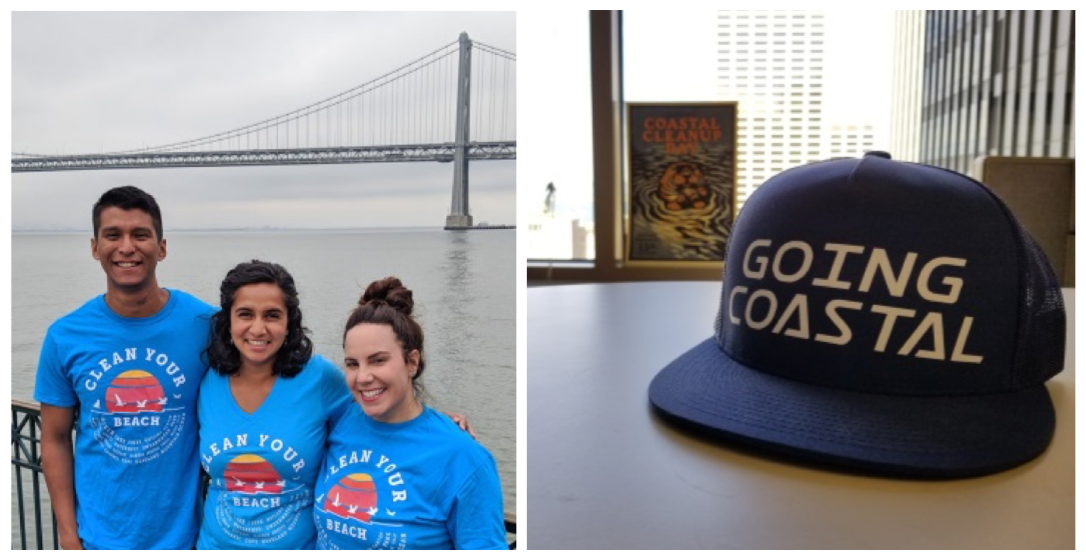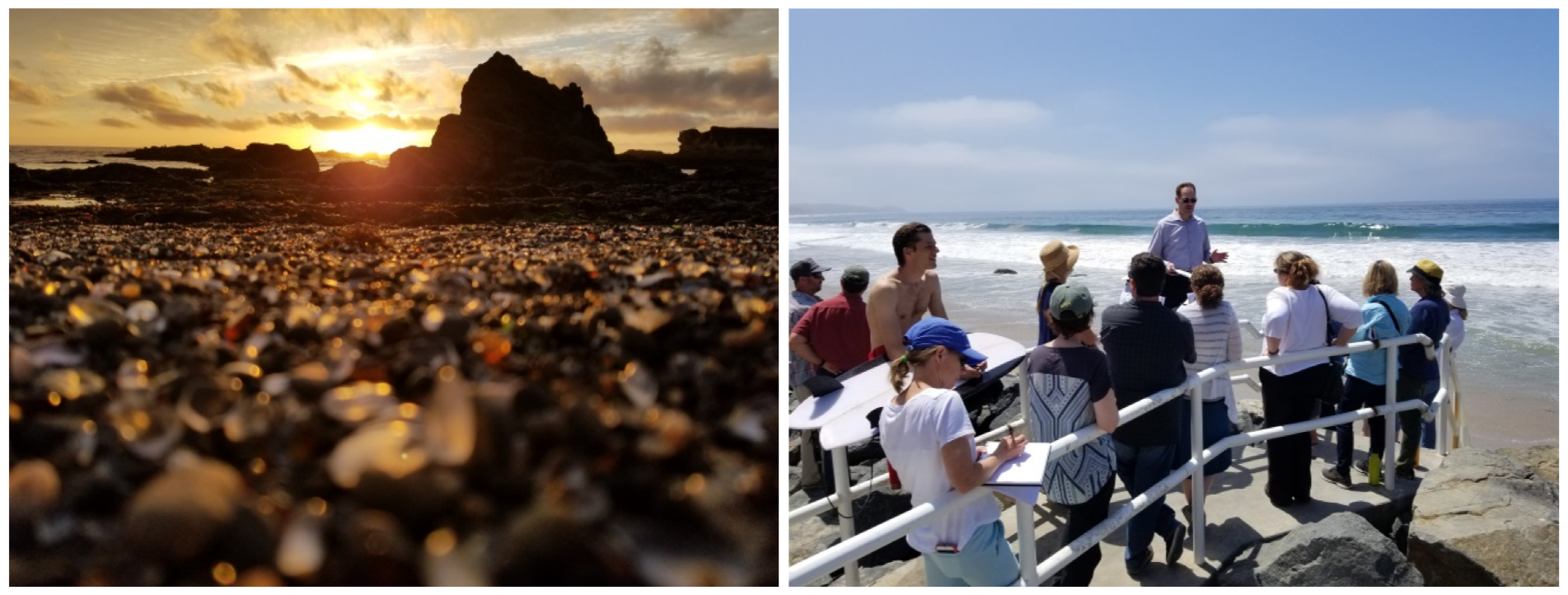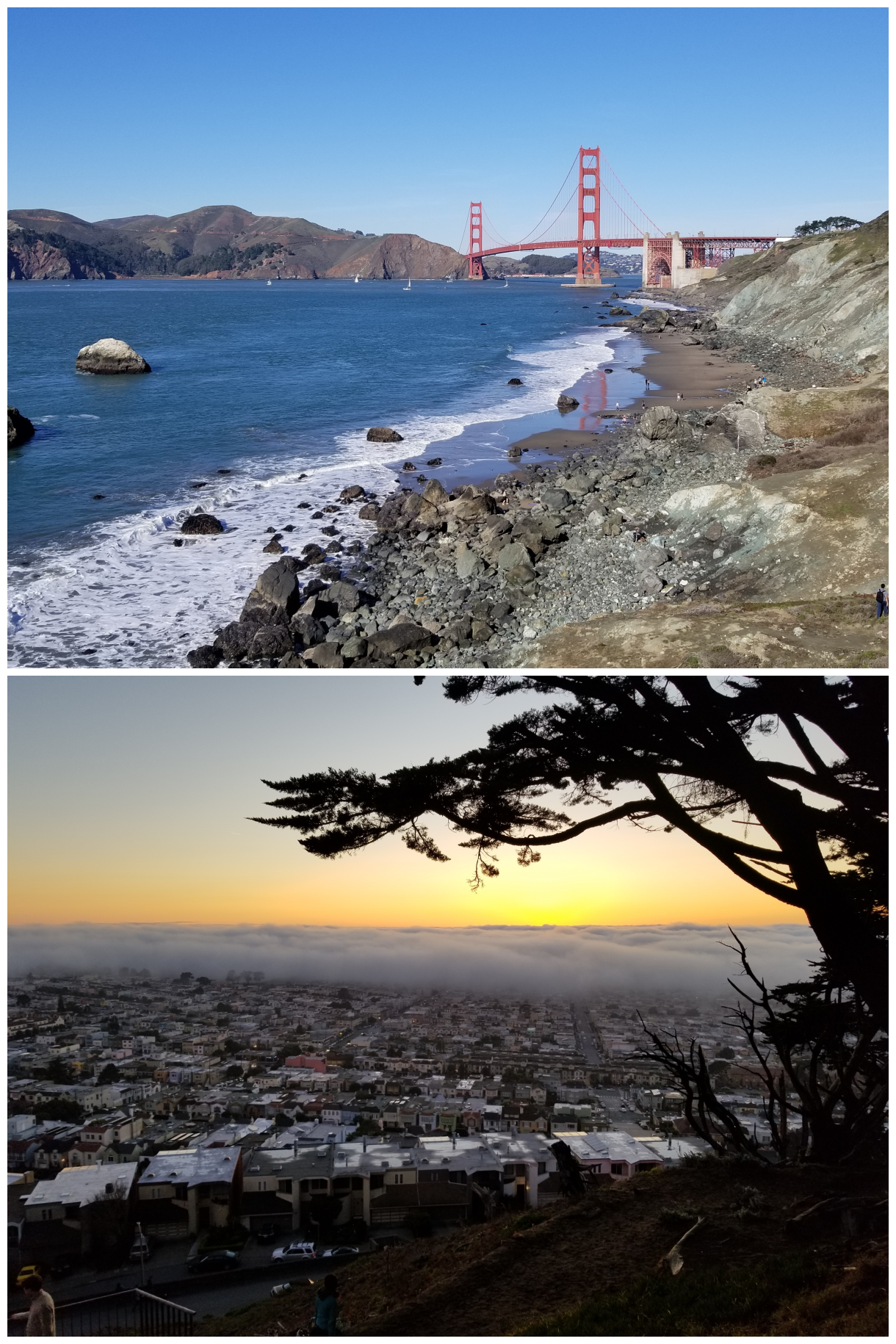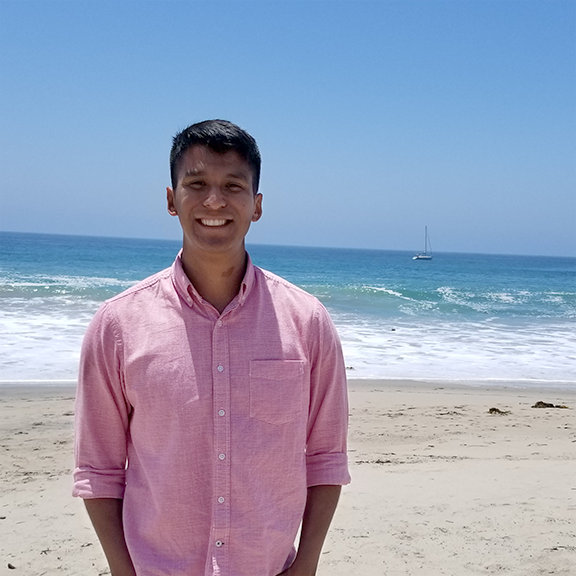 Going into the California Sea Grant State Fellowship matching workshop interviews, I had no intention of ending up with the California Coastal Commission. My top choices were the agencies that focused more on land management rather than coastal regulation given my background in land conservation. However, after interviewing with the commission staff, I realized the valuable opportunity offered by the commission and decided I was going coastal.
Going into the California Sea Grant State Fellowship matching workshop interviews, I had no intention of ending up with the California Coastal Commission. My top choices were the agencies that focused more on land management rather than coastal regulation given my background in land conservation. However, after interviewing with the commission staff, I realized the valuable opportunity offered by the commission and decided I was going coastal.
Getting to know the Coastal Commission
The California Coastal Commission works to protect and enhance California’s coast and ocean for present and future generations. It does so through careful planning and regulation of environmentally-sustainable development, rigorous use of science, strong public participation, education, and effective intergovernmental coordination. What this means is that any development along the coast (i.e. hotels, restaurants, homes, etc.) must have a coastal development permit that ensures the development abides by the policies set forth in Chapter 3 of the Coastal Act of 1976 which covers issues ranging from coastal access to coastal resources to industrial development.
As the commission fellow, I have gotten to work on such permits as well as federal projects on naval bases across state. Not only have I been able to learn about the commission’s permitting process, but I have also had the opportunity to work on the development of the Commission’s first draft Environmental Justice Policy. This policy is aimed at ensuring that our process is equitable and accessible to ALL Californians and will help our planning staff review permits in a way that not only protects our coastal resources, but also the right of all Californians to a healthy coast.

City Living
 The Coastal Commission has district offices in major cities across the state, but the California Sea Grant State Fellow is placed in its main office is located in San Francisco.
The Coastal Commission has district offices in major cities across the state, but the California Sea Grant State Fellow is placed in its main office is located in San Francisco.
The first thought that comes to mind when people hear “San Francisco” is that it is EXPENSIVE (and it is), but don’t fret! City living is possible as a fellow! The city has so much to offer, and there is always something to do. The biggest challenge in moving to the city is housing, but there are affordable options available. Areas like the Sunset, the Richmond District, Daly City and the East Bay make it possible to enjoy the perks of living in the city.
My best advice is to start your search early, use Facebook’s Marketplace page for potential housing and always keep an eye on Craigslist. The initial costs will be high, so plan ahead! Once you settle in, you’ll coast through your fellowship.
Written by Erik Martinez




